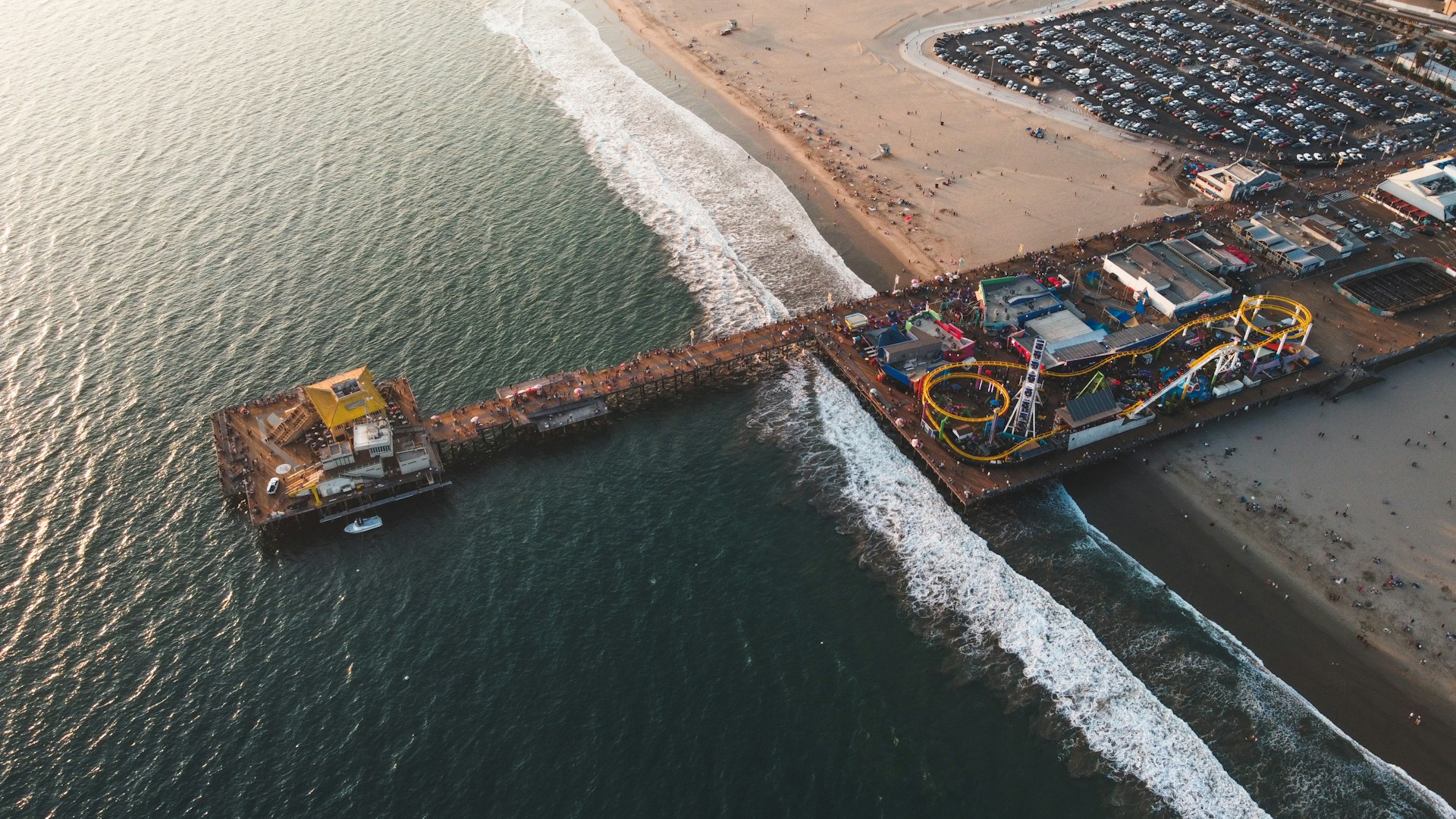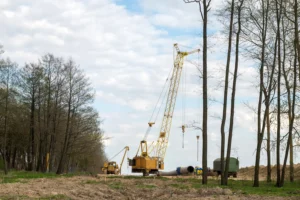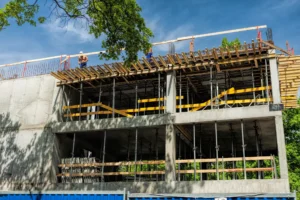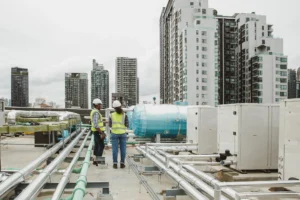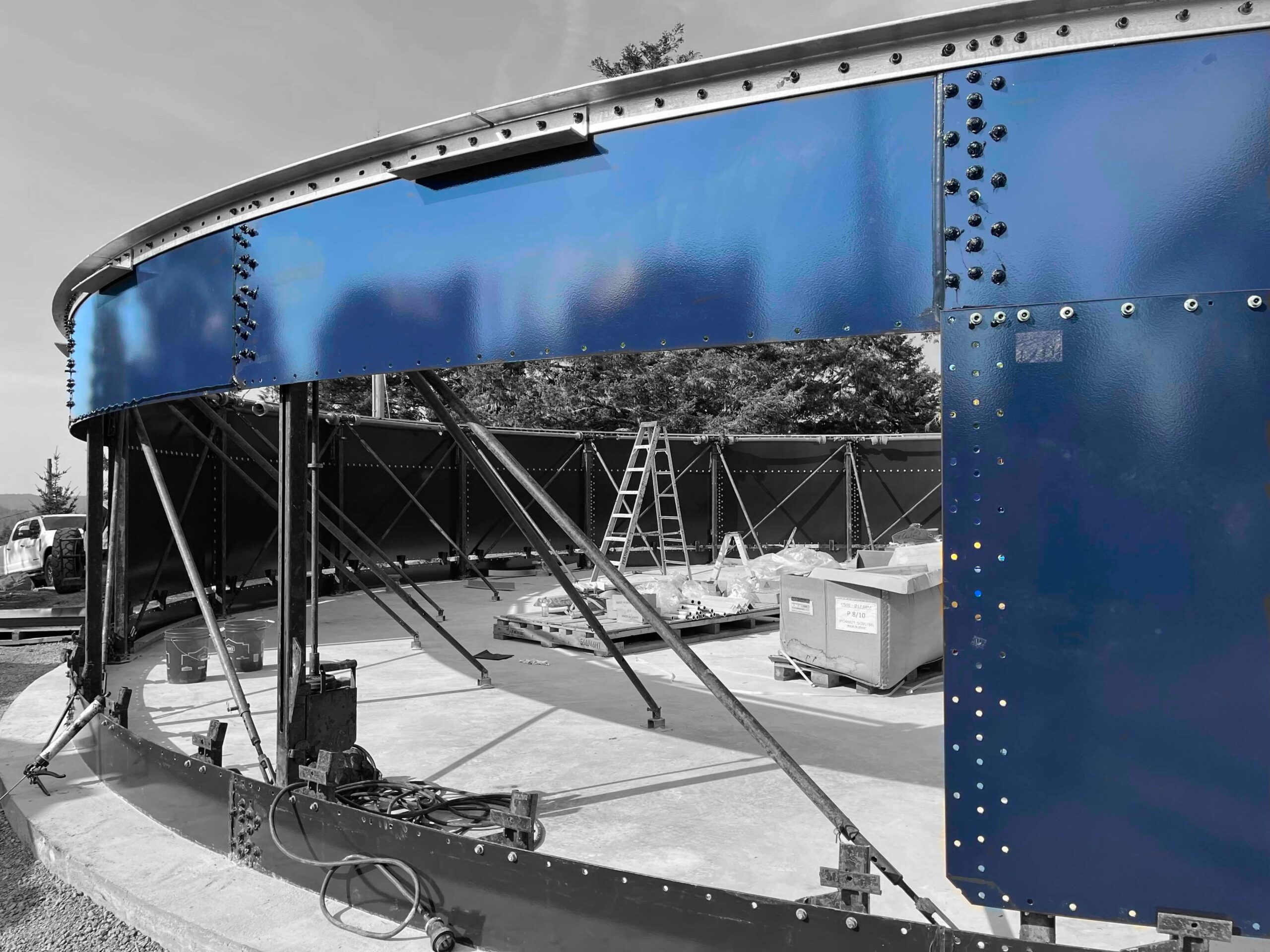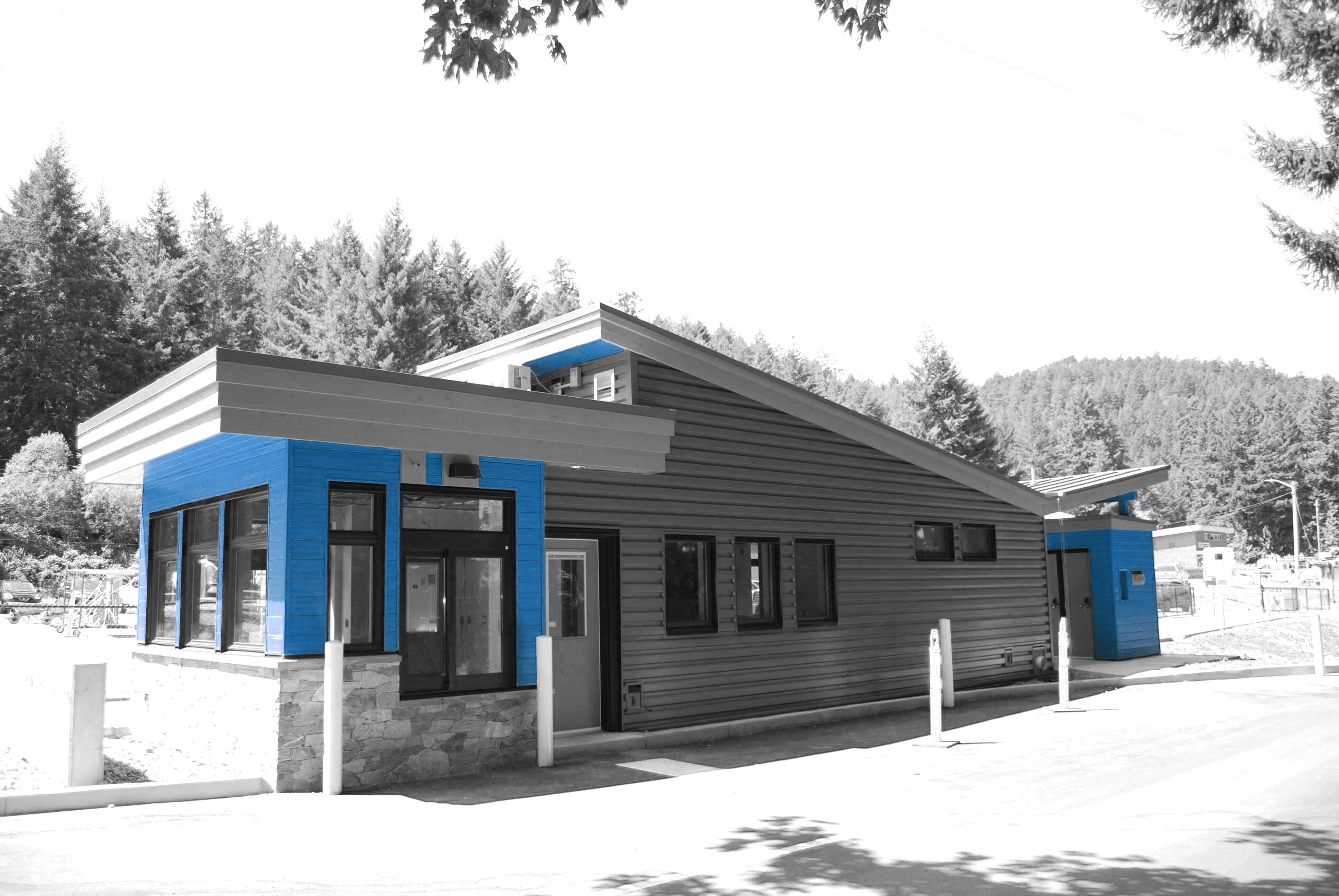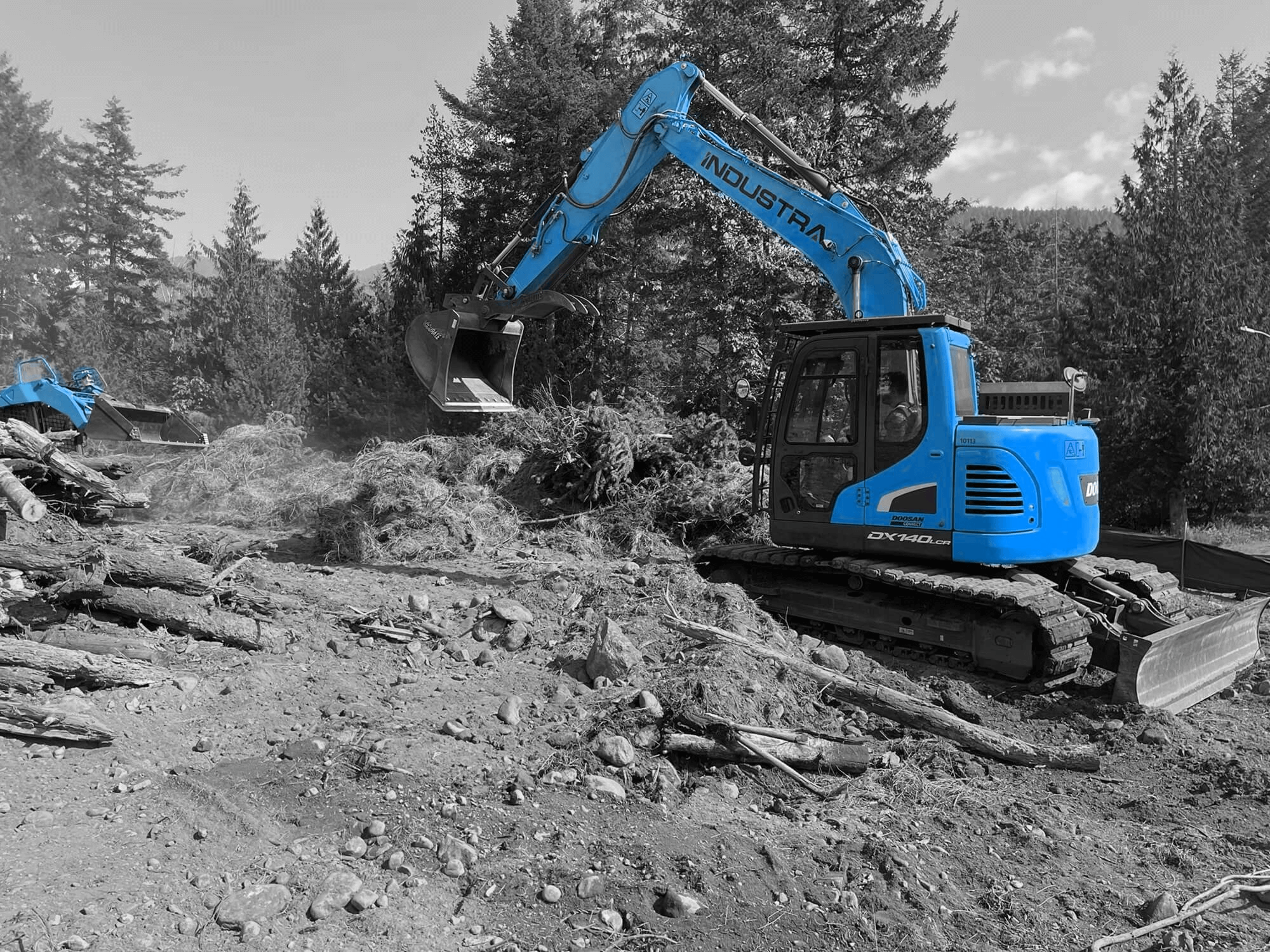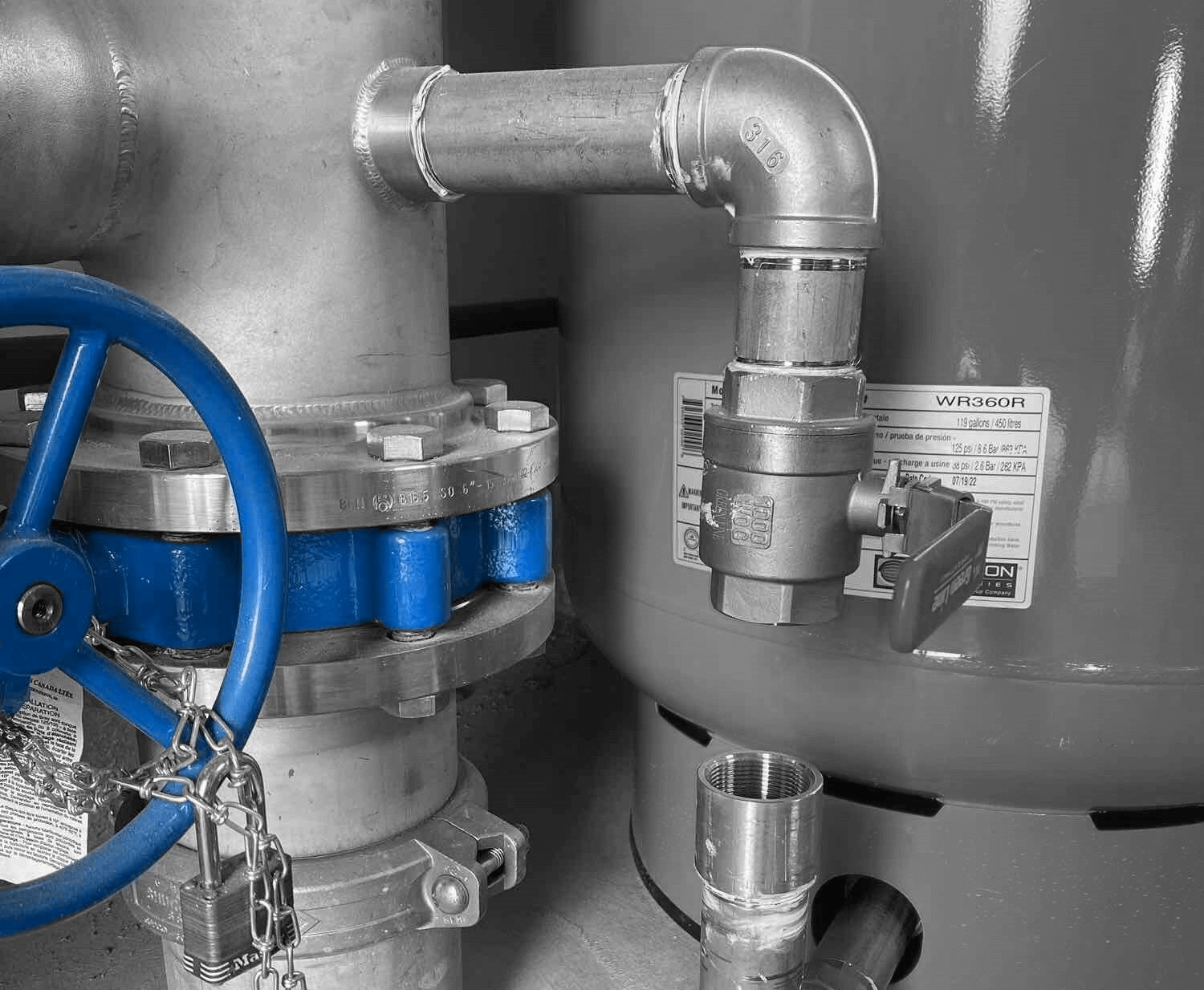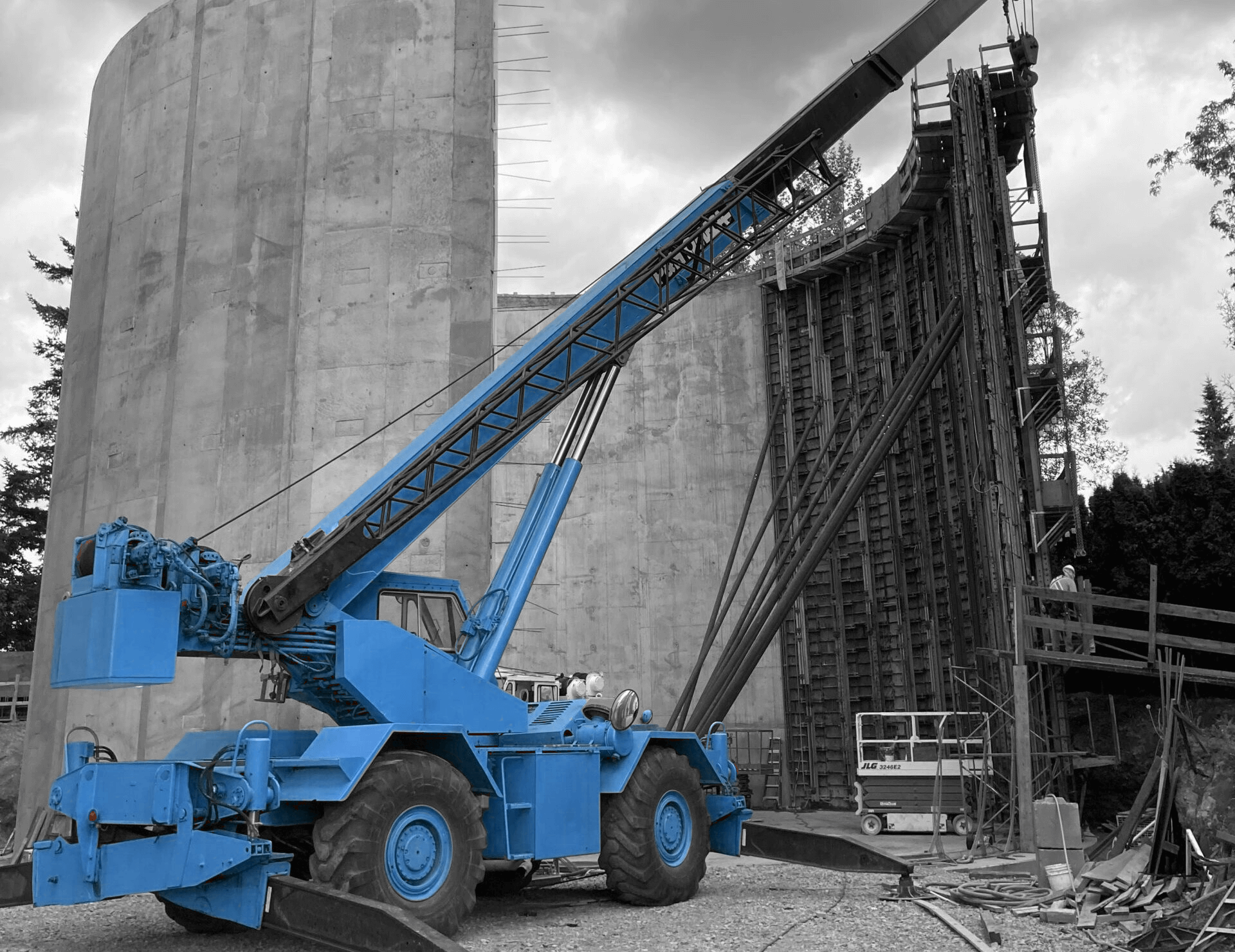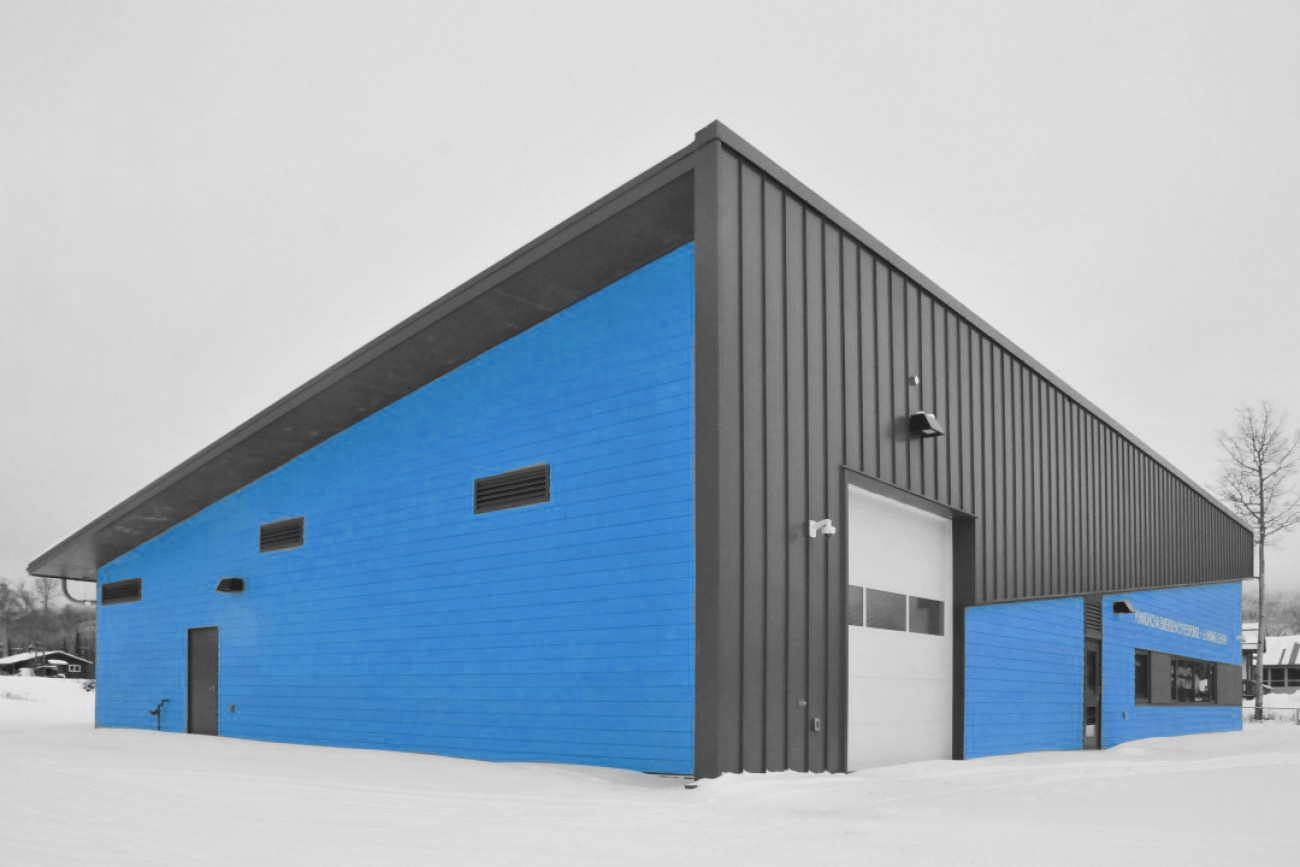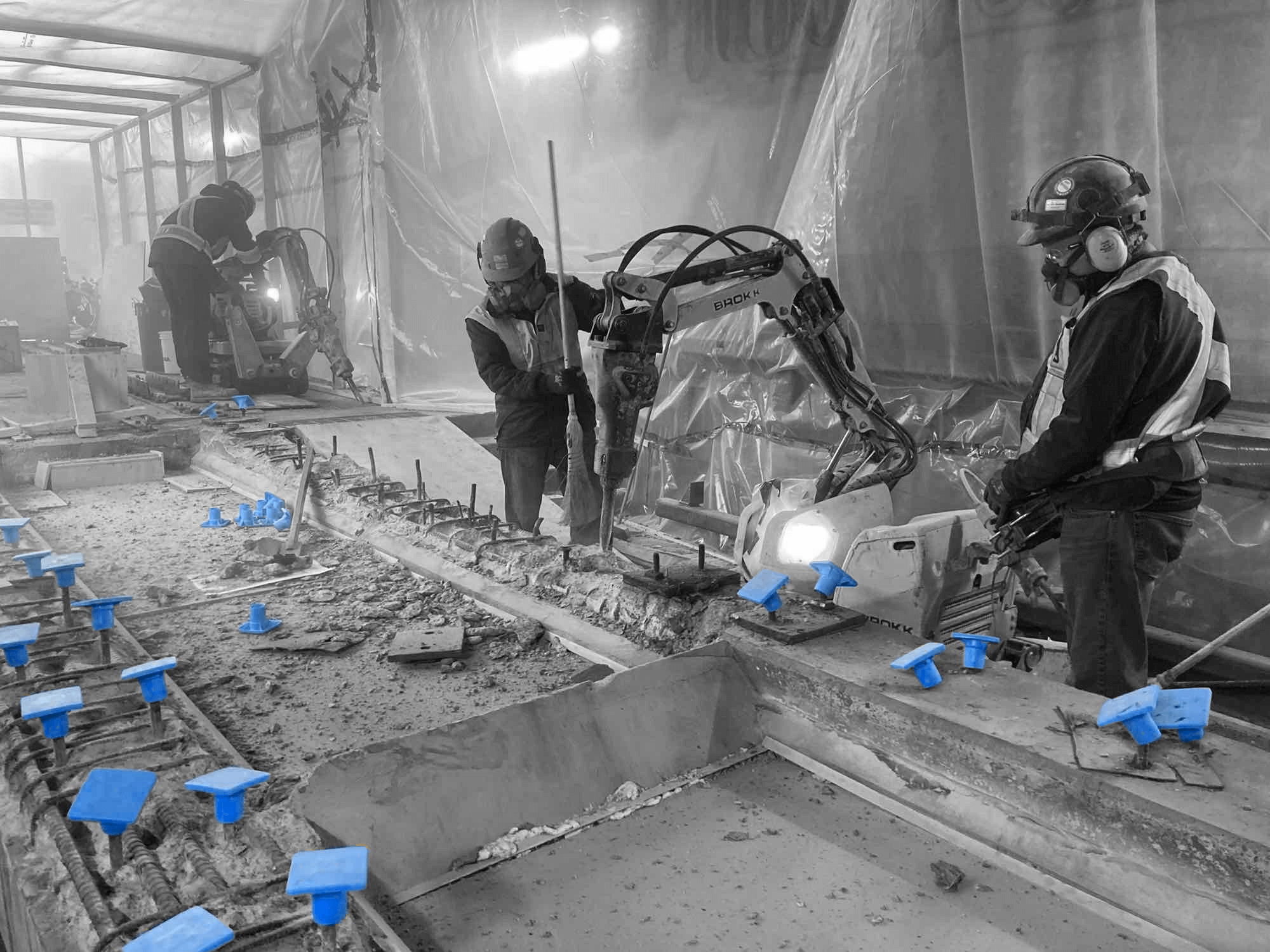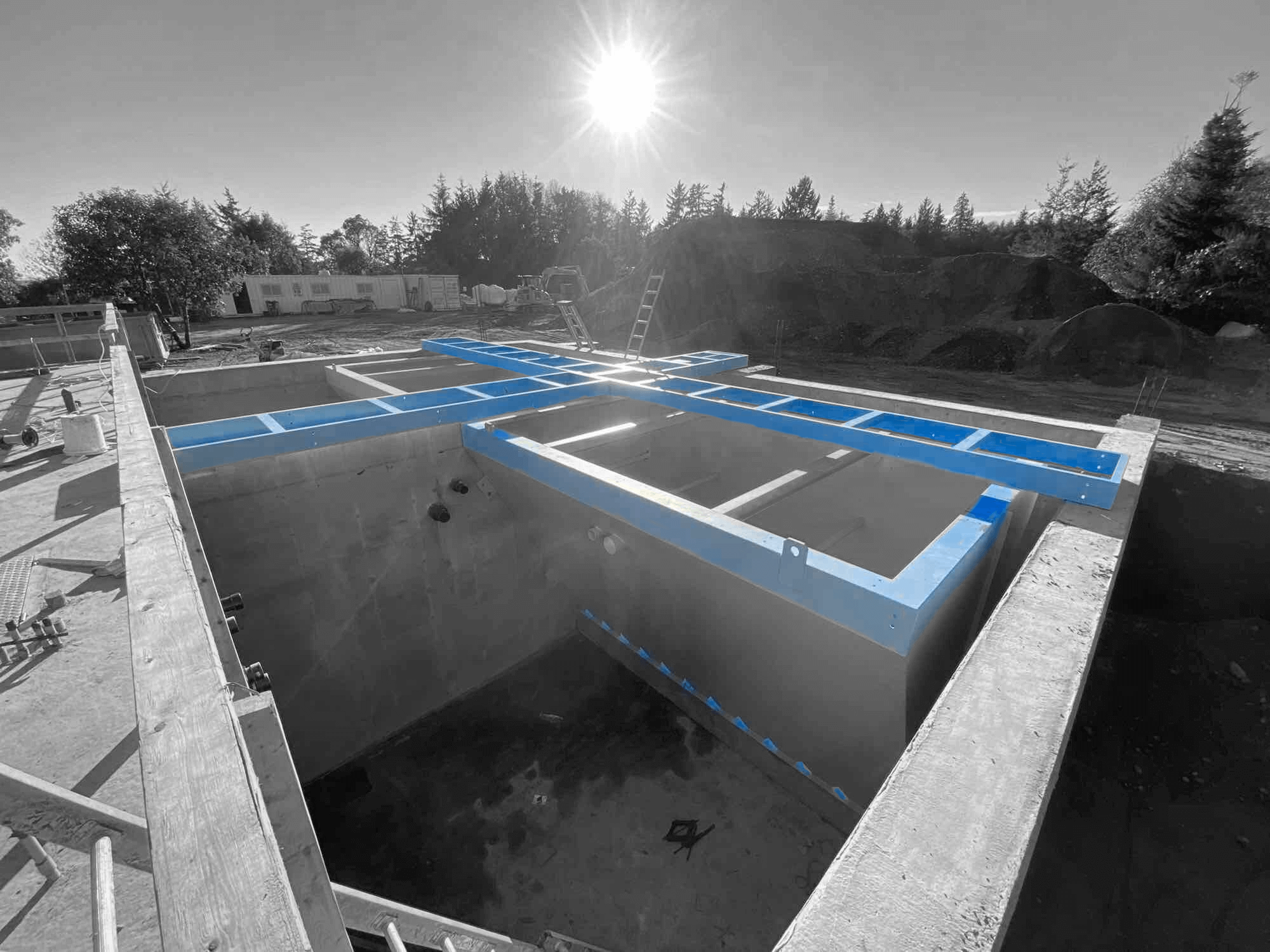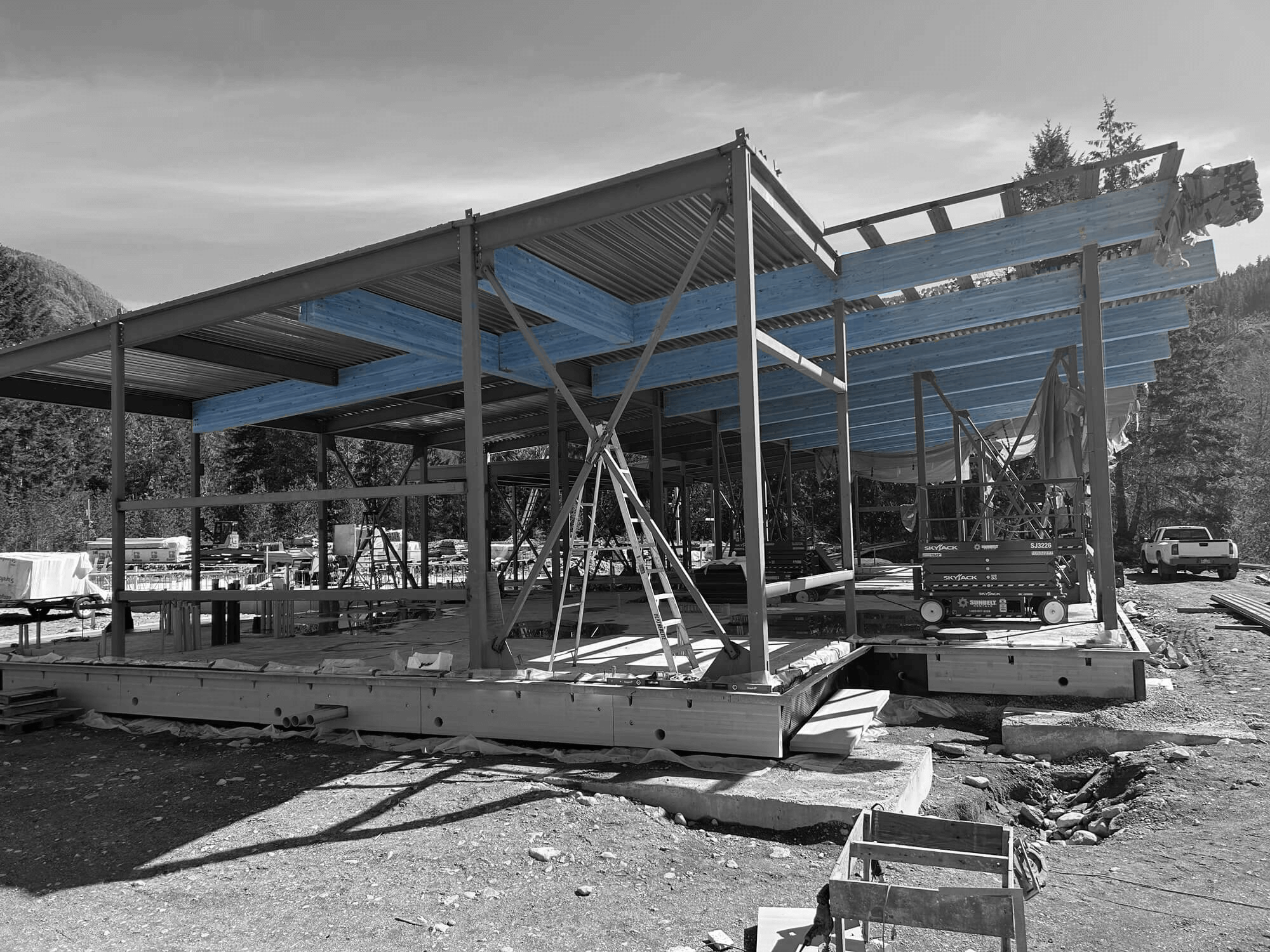Shore safety is a critical aspect of marine construction. Ensuring the stability and security of coastal areas is vital, especially with the increasing threats from erosion and climate-related changes. For communities and ecosystems, a robust shoreline means protecting both human life and natural habitats.
Marine construction involves specialized techniques aimed at preserving and reinforcing the shoreline. This includes methods like erosion control, building durable sea walls, and using advanced materials. They all play a significant role in maintaining shore integrity and preventing damage.
Understanding these techniques can help us safeguard our coasts more effectively. Whether it’s through the strategic placement of barriers or the adoption of innovative construction materials, each method brings unique benefits. By focusing on shore safety, we create durable and resilient coastal environments.
Effective marine construction is more than just building structures; it’s about integrating safety and sustainability into every project. This approach not only protects the shore but also ensures long-term benefits for communities and natural habitats. Let’s delve into the fundamental techniques that make shore safety achievable in marine construction.
Importance of Shore Safety in Marine Construction
Shore safety is vital for protecting coastal communities and environments. When we build near water, we must ensure the coastline remains secure and stable. This protects homes, businesses, and natural habitats from erosion and flooding.
One key aspect of shore safety is preventing erosion. If the shore erodes, it can lead to loss of land and severe damage to nearby structures. Erosion control techniques help keep the shoreline intact, reducing the risk of property damage and making the area safer for everyone.
Shore safety also impacts the environment. Healthy shores provide habitats for various plants and animals. By maintaining the integrity of the shoreline, we preserve these ecosystems. This balance is crucial not just for wildlife but for the overall health of our planet.
In summary, focusing on shore safety helps us protect human lives, property, and nature. It’s a critical part of any marine construction project. By implementing proper safety measures, we build stronger and more resilient coastal communities.
Techniques for Erosion Control
Controlling erosion is a major part of shore safety. Various techniques can help keep the shoreline stable and prevent damage.
Vegetative Plantings
Planting vegetation along the shore is one helpful method. Roots of plants hold soil together, reducing erosion. Plants like grasses and shrubs can be used for this purpose. This method is eco-friendly and supports local wildlife.
Riprap
Riprap involves placing large rocks along the shoreline. These rocks break the force of waves and reduce erosion. It’s a straightforward and durable method. Though not the most natural-looking, it’s very effective in protecting the shore.
Seawalls and Bulkheads
Seawalls and bulkheads are structures built along the coast to block the waves. They provide strong resistance against erosion but can be expensive to install and maintain. These structures are often used in areas with high wave activity.
Geotextiles
Geotextiles are synthetic fabrics placed under the soil to keep it in place. They are used in conjunction with other methods like riprap or vegetative plantings. Geotextiles provide extra stability and reduce soil loss.
Combining different erosion control techniques often yields the best results. By carefully planning and using these methods, we can effectively protect our shores from erosion. This creates a more secure environment for both people and nature.
Building Durable Sea Walls
Sea walls are a crucial defence against the powerful forces of the sea. They protect the shoreline from wave action and prevent coastal erosion. Building durable sea walls ensures long-lasting security for coastal areas.
Types of Sea Walls
There are different types of sea walls, each serving a specific purpose. Vertical sea walls are straight up and down and are best for areas with high wave energy. Curved sea walls deflect waves back out to sea, reducing their impact. Another type is the stepped sea wall, which breaks waves and dissipates their energy.
Construction Materials
The choice of materials is important for the durability of sea walls. Common materials include concrete, steel, and stone. Concrete is often used because it’s strong and lasts a long time. Steel is also durable but may need coatings to prevent rust. Stone, especially large boulders, can absorb wave energy effectively.
Building Practices
Proper construction practices are essential for strong sea walls. This includes ensuring a solid foundation, using high-quality materials, and employing skilled workers. Regular maintenance is also crucial to check for wear and repair any damage. By following these practices, we can build sea walls that stand the test of time and protect our shores.
Utilizing Advanced Materials and Technologies
Advances in materials and technology have enhanced marine construction. These innovations help create stronger and more sustainable structures.
Advanced Materials
New materials like geosynthetics, composite materials, and eco-friendly concrete offer greater strength and durability. Geosynthetics stabilize soil and provide erosion control. Composite materials combine the benefits of different substances, offering high strength and resistance to decay. Eco-friendly concrete reduces environmental impact and provides long-lasting performance.
Innovative Technologies
Technologies like 3D printing and remote sensing improve the precision and efficiency of marine construction. 3D printing allows for the creation of complex structures with high accuracy. Remote sensing technologies, including drones and satellites, provide detailed data about coastal conditions. These technologies support better planning and monitoring.
Sustainable Practices
Sustainability is a key focus in modern marine construction. Using recyclable materials and implementing energy-efficient processes help minimize environmental impact. Incorporating renewable energy sources, like solar and wind power, further supports sustainable construction efforts.
By utilizing advanced materials and innovative technologies, we can build resilient and eco-friendly marine structures. These advancements help us meet shore safety goals while protecting the environment.
Final Thoughts
Maintaining shore safety in marine construction involves a range of techniques and practices. From controlling erosion to building durable sea walls, each method plays a vital role in protecting our coastal areas. Adopting advanced materials and technologies further strengthens our efforts, leading to more effective and sustainable solutions.
Shore safety is essential not only for protecting human life and property but also for preserving natural habitats. By prioritizing safety and sustainability in marine construction, we create resilient shores that can withstand environmental challenges.
To achieve these goals, partnering with experts in marine construction is crucial. At Industra Construction Corp., we have the skills and experience to deliver effective shore safety solutions. Contact us today to learn how we can help safeguard your coastal projects.


